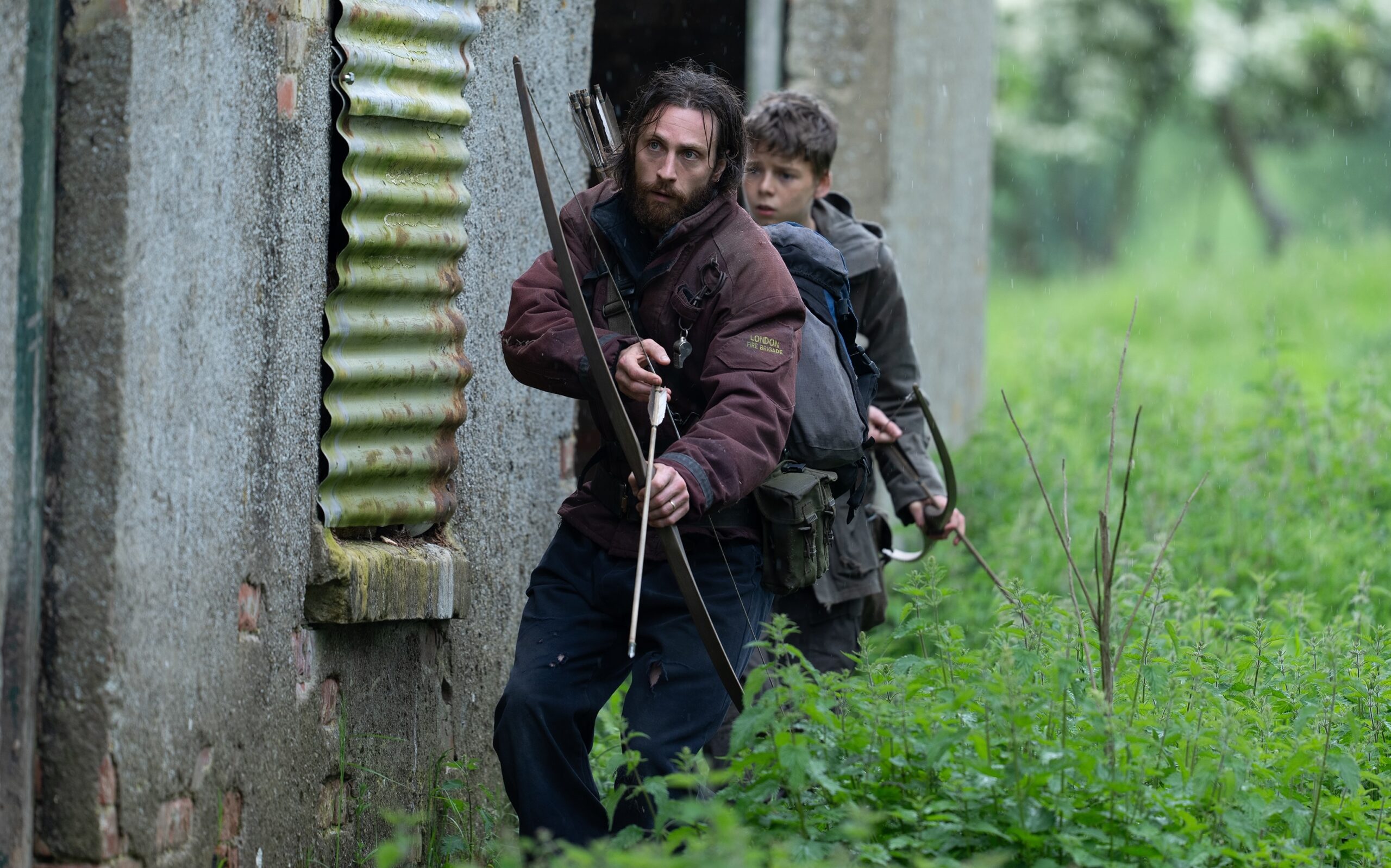
While it wasn’t the first film to feature fast-moving ghouls, there is no denying how much of an impact 28 Days Later had on modern zombie movies. It was a gripping and nauseating wonder, whose action felt uniquely visceral thanks, in part, to director Danny Boyle’s inspired use of a digital video camera. And there was a gut-wrenching sense of hopelessness baked into writer Alex Garland’s script that made 28 Days Later feel far more grounded than most of the zombie films that inspired it.
Boyle and Garland stepped back from the franchise as it continued with a graphic novel and director Juan Carlos Fresnadillo’s 28 Weeks Later in 2007, but they are back together again for 28 Years Later. Though it’s set in the same world and calls back to the original, the new film hits very differently because of how much more overrun pop culture is with zombie-themed horror. You can feel Boyle and Garland trying not to echo other big pieces of zombie IP as they weave a new tale about how the world has changed almost three decades after the outbreak of a deadly virus. And in a couple of the movie’s pivotal moments, the filmmakers manage to avoid being too derivative.
Many of this story’s small …
Read the full story at The Verge.
